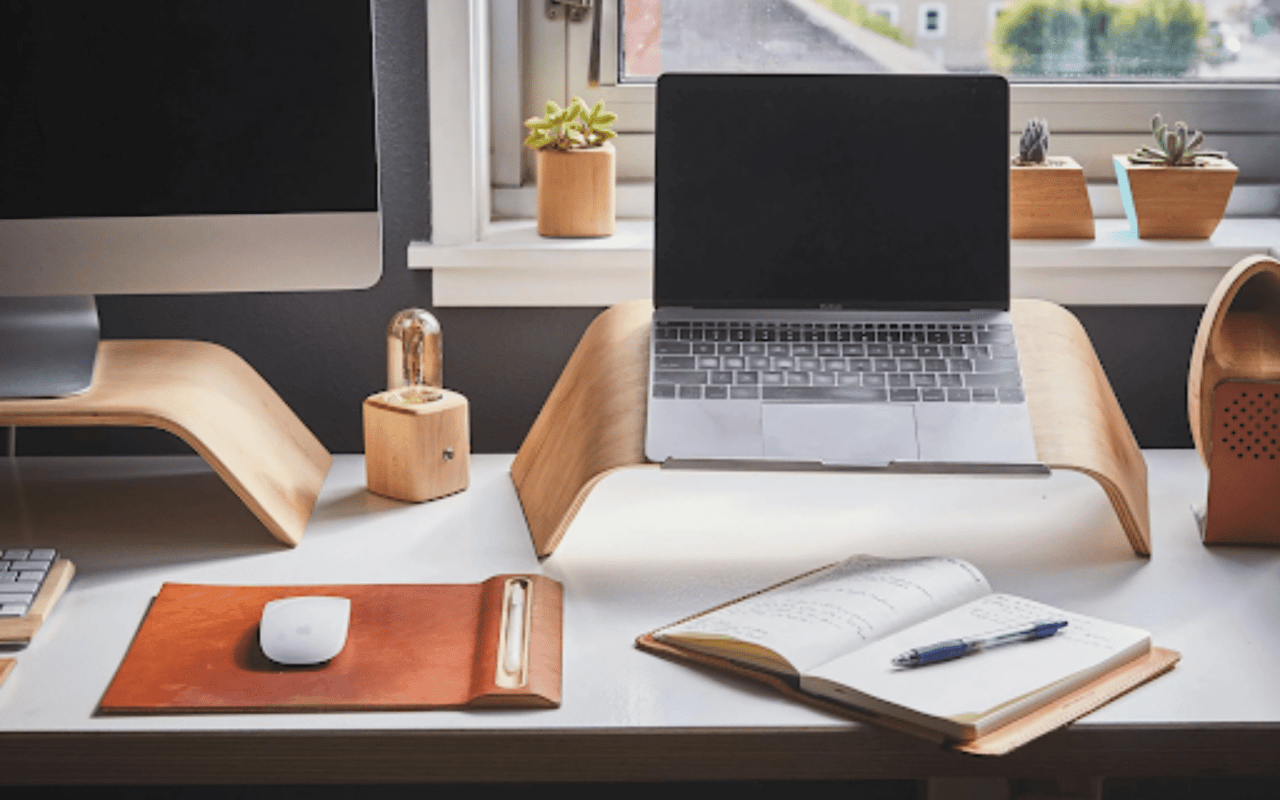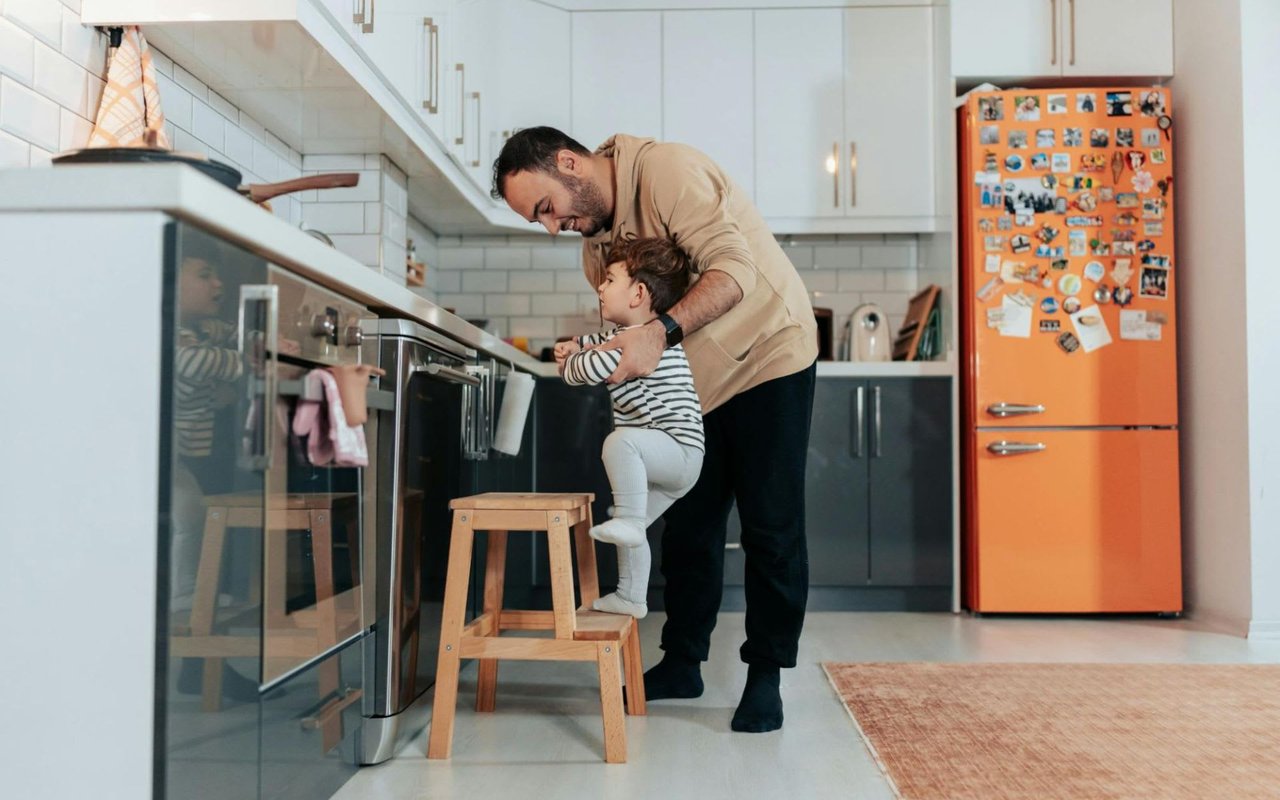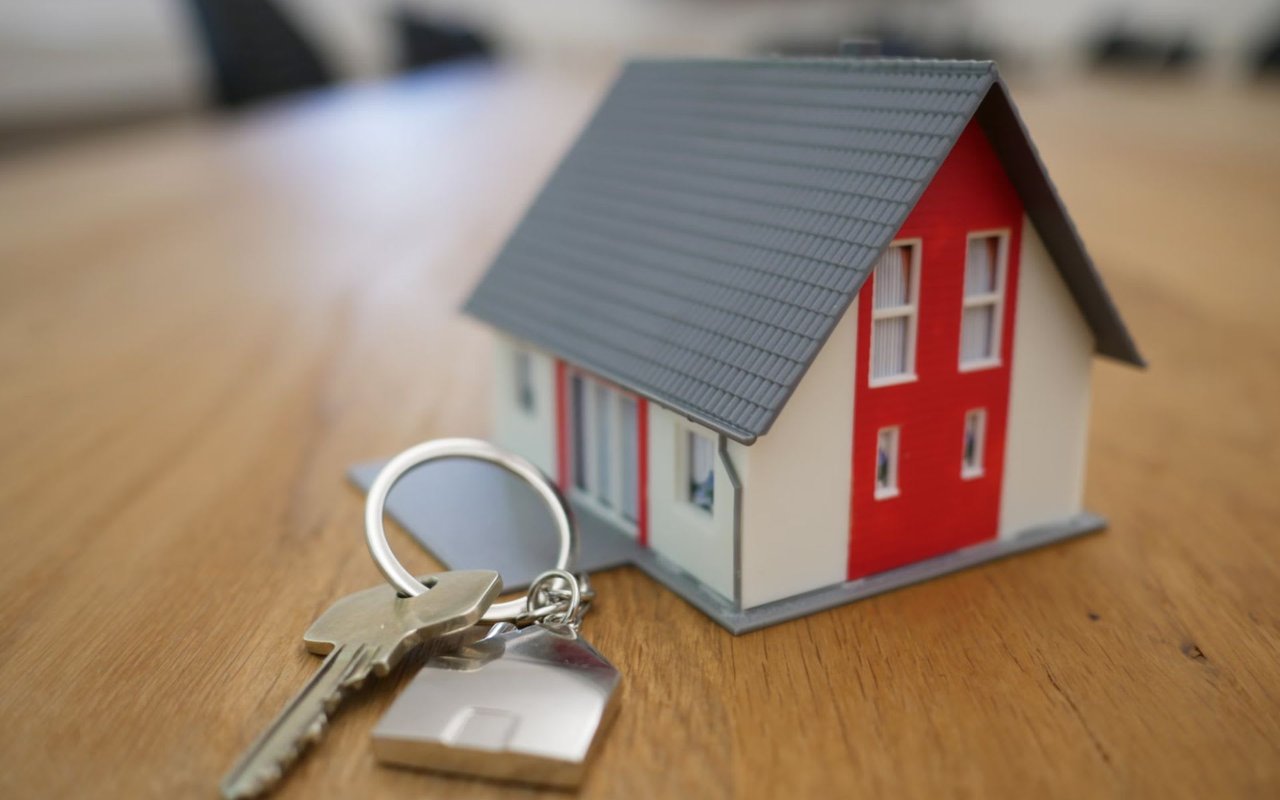In today’s world, having a functional and comfortable home office is more important than ever. Whether you work from home full-time or simply need a space to manage household tasks, a well-designed home office can boost productivity, reduce stress, and create a more enjoyable work environment. A successful home office design considers both aesthetics and functionality, ensuring that your workspace supports your daily tasks while also being a pleasant place to spend time. Here are essential home office design tips to help you create the perfect workspace in your home.
Choose the Right Location
One of the first and most important steps in designing a home office is selecting the right location. The ideal spot will depend on your specific work needs, household dynamics, and available space. For some, a spare bedroom or a dedicated office space might be the perfect solution. Others may need to carve out a workspace in the corner of a living room or bedroom.
Consider factors like privacy, noise levels, and natural light when choosing your office location. If your job requires quiet, choosing a space away from the hustle and bustle of the main living areas is key. Additionally, if your work involves video calls or client meetings, it’s a good idea to choose a space with a professional background that reflects the nature of your business.
Invest in Quality Furniture
Furniture is one of the most crucial elements of a home office, as it directly impacts your comfort and productivity. A supportive, ergonomic chair is essential to prevent back strain and ensure you can work comfortably for extended periods. Look for a chair with adjustable height, lumbar support, and cushioned seating to provide maximum comfort.
The desk you choose should offer enough space to accommodate your computer, paperwork, and any other office essentials you use daily. If you’re working with a smaller space, consider a desk with built-in storage or drawers to keep things organized. A standing desk is also an option to promote better posture and increase energy levels throughout the day.
Don’t overlook the importance of proper organization—file cabinets, bookshelves, and drawer organizers can help you keep clutter to a minimum and maintain a tidy workspace.
Optimize Lighting
Lighting is often an overlooked aspect of home office design, but it can have a significant impact on productivity and mood. Natural light is ideal for a home office, as it creates a bright, welcoming environment and can help reduce eye strain. Position your desk near a window to take advantage of natural light whenever possible.
However, not all spaces will have access to abundant natural light, so it’s important to incorporate a variety of lighting options. Task lighting, such as a desk lamp, can provide focused light for reading or computer work, while ambient lighting, such as overhead lights or floor lamps, helps to illuminate the entire room.
Avoid harsh, fluorescent lights that can cause headaches or eye fatigue. Instead, opt for LED lights with warm tones that create a more soothing atmosphere conducive to productivity.
Incorporate Personal Style
While functionality is key, your home office should also reflect your personal style. Incorporating elements that make the space feel like your own can make a big difference in your overall comfort and enjoyment of the space.
Consider adding artwork, plants, or decorative objects that inspire creativity and bring a sense of calm. Personal touches such as family photos or travel mementos can make the space feel more inviting. The key is to strike a balance between a workspace that is professional and one that feels personal and comfortable.
Choose a color scheme that enhances the mood you want to create. Soft, neutral colors such as light grey, beige, or pale blue can create a calming atmosphere, while bolder colors like deep blue or green can boost focus and energy.
Focus on Organization and Storage
A cluttered workspace can negatively impact your productivity and increase stress, so organization is critical in a home office design. Start by assessing what items you need to have at arm’s reach daily—whether it’s files, office supplies, or electronic equipment—and ensure they have designated storage spaces.
Shelving units, file cabinets, and drawer organizers can help keep everything in its place and free up surface space on your desk. If space is limited, wall-mounted shelves or a pegboard can provide additional storage without taking up valuable floor space.
Additionally, cable management is an important part of keeping your workspace organized. Use cable ties, clips, or cable boxes to keep cords and wires tidy and out of sight.
Create a Work-Life Balance Zone
When designing a home office, it’s important to create a clear distinction between work and home life. Establishing boundaries within your home office can help prevent work from encroaching on your personal space and create a healthier work-life balance.
Designating specific areas for different tasks, such as a separate spot for creative thinking or a quiet reading nook, can help you mentally switch between work modes. This is particularly important if your home office is part of a multi-purpose room, as it ensures that you can stay focused on work during business hours and relax when the workday is done.
Consider Acoustics and Noise Control
Noise control is another critical factor to consider when designing a home office, particularly if you live in a busy household or have neighbors nearby. Acoustic panels, carpets, and curtains can help reduce ambient noise, making your office a quieter, more productive space.
If you share your home with others, it may be worth investing in noise-cancelling headphones to block out distractions and create a more focused work environment. If your office is in a high-traffic area of your home, consider adding a door or partition to help keep the noise at bay.
Joe Frullaney: Your Guide to Finding the Perfect Home
A well-designed home office can significantly improve your productivity, focus, and overall work experience. By incorporating the right furniture, lighting, organization, and personal touches, you can create a workspace that is both functional and inspiring.
If you’re in the market for a new home and are looking for the perfect space to accommodate a home office,
Joe Frullaney is here to help. Reach out today to learn more about available properties that can meet your work-from-home needs and elevate your living experience.










